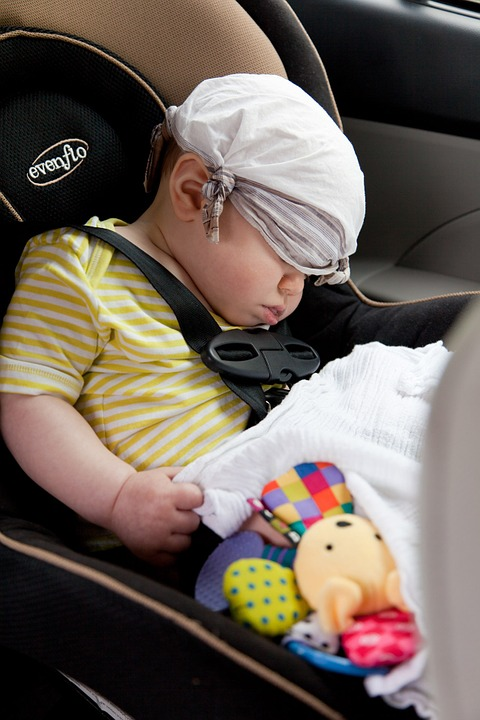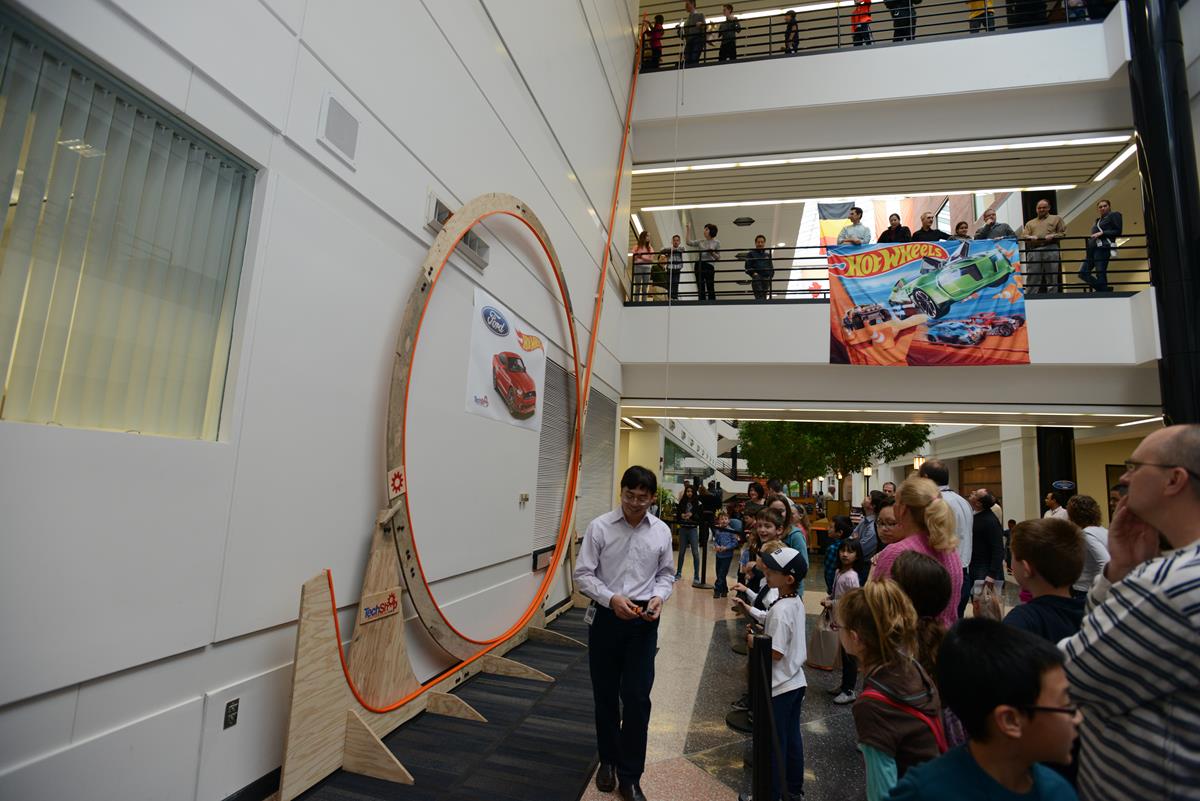When it comes to car safety, it is what you don’t know that puts you and your child at risk. According to a survey, road accidents are the leading cause of deaths and injuries in young children. This has prompted the modeling of safe seats to protect children should an impact occur. There is a plethora of guidelines put in place to protect children. Though they may differ through different countries, most are alike.
In the USA for example, there are different safety requirements for each state, some have detailed conditions that must be met while others follow general guidelines. Since there are no standard federal laws for car seats, it is up to you as a parent or caretaker to follow practices and guidelines that are considered safe for children. Coming to terms with seat protocols and safety practices can be overwhelming, especially in the initial stages of use or when traveling through different States.
Fortunately, this article has top tips accepted by all states that you should know and will help protect your children whenever they are having a ride in the car.
Children under the age of 13 should always sit at the back.
Unless proved necessary, children under the age of 13 should always sit at the back. This law was initiated by AAP (American-Academy of Pediatrics) and is accepted and implemented by NHTSA (National Highway Traffic Safety Administration) and the CDC. Regardless of the sitting position, the kid should have a safety belt on and buckled as tight as possible.
Children should be facing backwards.
This is the law many parents seem not to understand. The law required toddlers to face backward until the age of two. Recent updates by AAP, however suggest they should stay in this position until they outgrow their safety chairs. The child can start traveling facing forward at the age of three or four while still in their seats. If it is a must the child must seat at the front seat, the airbag should be disengaged (passenger side).
Don’t transition too quickly.
Parents tend to reason, well my child is big enough to sit on a safety seat. This isn’t true because most safety seats are made to support children weighing 65 pounds (29.48 kg). Most States dictate a child should be at least 57 inches (145 cm) tall and 40 pounds (18.14 kg) before moving to the regular seat. Though your child might tick all the boxes, the shoulder strap should perfectly and naturally pass and rest at the center of their chest. Do this in the best interest of your kid. The moral of this point is, your child should use the seat as long as it is comfortable.
Read the seat’s manual carefully.
There are different seat brands and car brands as well. Being careless when reading the safety guidelines and installation procedures has seen many of them fixed incorrectly. A shocking report released by American-Academy of Pediatrics (APP) showed 95% of parents were misusing the safety chairs especially when transporting their newborns from hospital. Even if the seat seams perfect, go through the manual again because the stake involved is worth protecting.
Always be on the lookout.
Though you might struggle to lock or unlock the seat, this might not be the same with your child especially for kids aged 5 or above. This can result in fatal injuries. Always be on the lookout. Additionally, leaving your child unattended even for a few minutes is dangerous. A child can partially slip whilst asleep and be strangled by the straps. Never at any moment leave your child in the seat, take him or her wherever you go if there is no other person in the vehicle.
Winter outfit may render the seat unsafe.
Heavy outfits such as winter jackets or snowsuits may render the seat useless. The thick fabric prevents the seat straps from resting slightly firm on the child’s body. The child may slip and get strangled even when there is no impact. To avoid this, put normal indoor clothes on the child and cover him or her using a blanket if it’s cold.
Seat belts are not good at protecting children in case of a car accident. For children who haven’t reached 4 feet and 9 inches, the belt will pass through the chin, neck and abdomen. In case of an impact, the child may get strangled or have serious damage to vital internal organs. It’s important children ride in correct safety seat for their size and age. Having the right chair is a battle half won, install the chair and have your child buckled properly. Finally, if you are going through various states, check with their guidelines to ensure you adhere to their laws because some slightly differ. As a parent or caretaker, you have to go an extra mile to protect your child or children.







